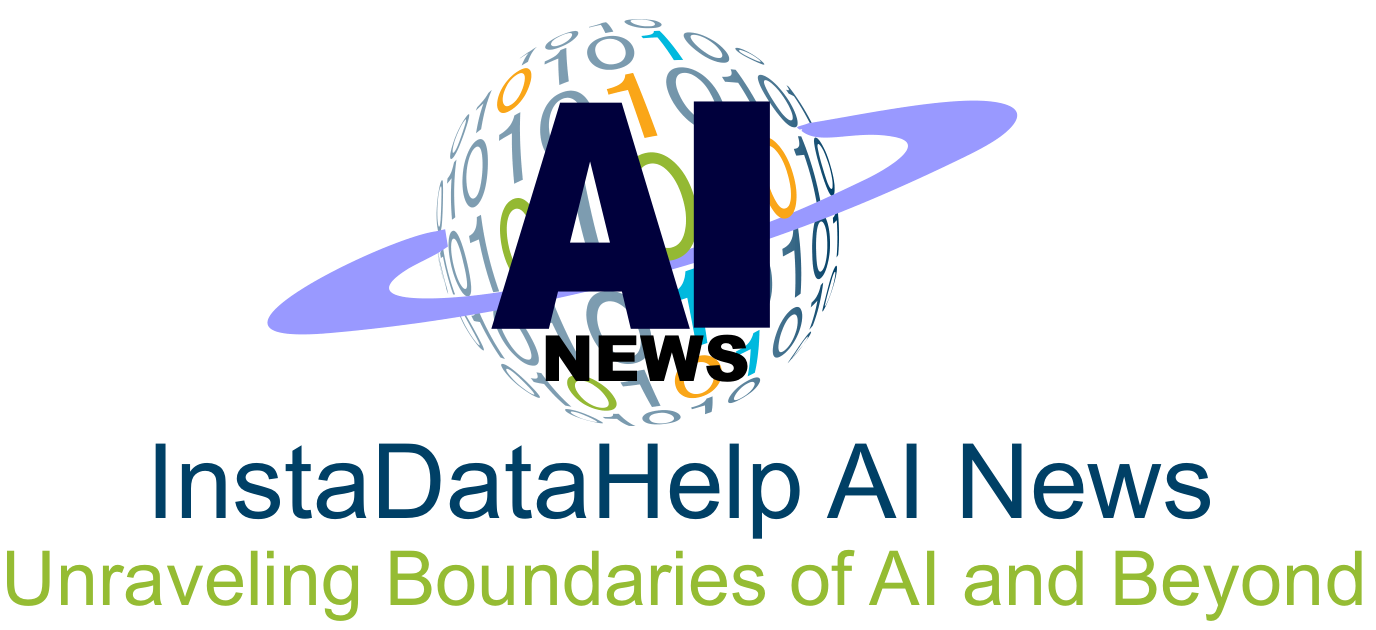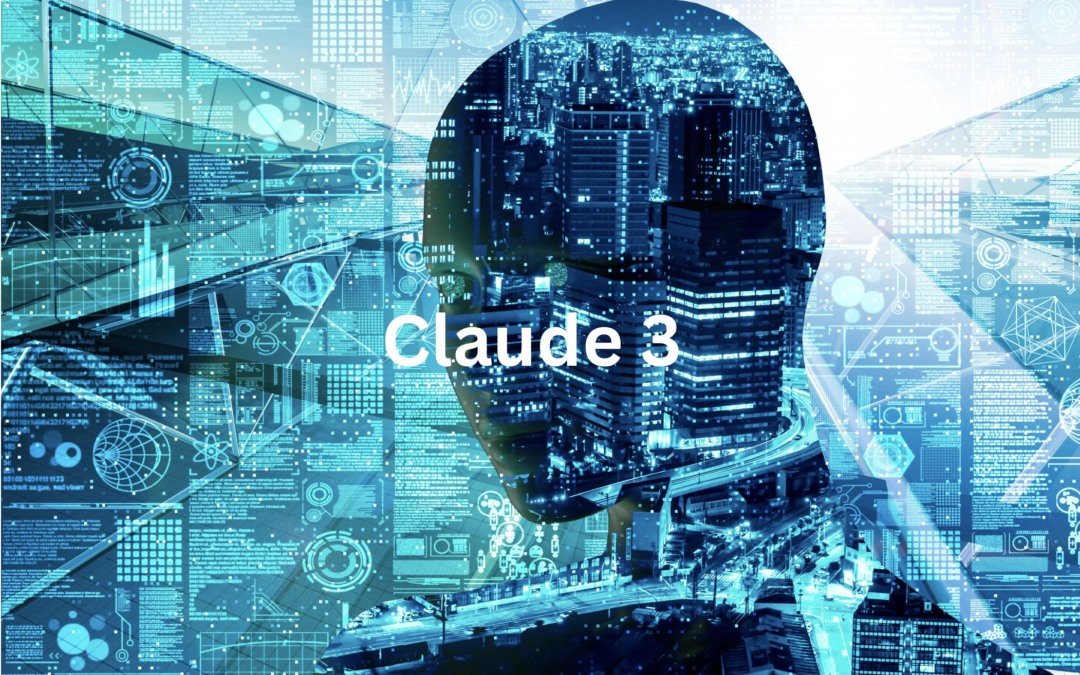Anthropic Unveils Claude 3: A Powerful New GenAI Model Rivaling OpenAI’s GPT-4
In a significant step forward for the field of artificial intelligence, Anthropic, a well-funded AI startup, has launched the latest iteration of its Generative AI (GenAI) technology, Claude 3. This new model family, backed by significant financial resources, boasts capabilities comparable to OpenAI’s highly anticipated GPT-4.
Claude 3: A Family of Advanced GenAI Models
Claude 3 is not a singular model, but rather a family encompassing three variants: Haiku, Sonnet, and Opus. Opus, the most powerful among the three, promises “increased capabilities” in analysis, forecasting, and performance compared to other leading models like GPT-4 (excluding GPT-4 Turbo) and Google’s Gemini 1.0 Ultra (excluding Gemini 1.5 Pro).
One of Claude 3’s key distinctions is its multimodal nature. Unlike its predecessors, Claude 3 can process and analyze not just text but also images, similar to certain versions of GPT-4 and Gemini. This allows Claude 3 to interpret information from photos, charts, graphs, and technical diagrams found in documents such as PDFs and presentations.
Enhanced Image Processing with Limitations
An advantage Claude 3 holds over some rivals is its ability to analyze multiple images (up to 20) in a single request, enabling comparisons and contrasts between them. However, Claude 3’s image processing capabilities come with limitations. To address ethical and legal concerns, Anthropic has disabled the model’s ability to identify individuals in images. Additionally, Claude 3 struggles with “low-quality” images (under 200 pixels) and tasks requiring spatial reasoning, like reading analog clocks or counting objects. Notably, Claude 3 cannot provide exact object counts within images.
Improved Text Processing and User Experience
Whether processing text or images, Anthropic claims that Claude 3 offers several improvements over previous models:
- Better adherence to multi-step instructions
- Production of structured output in formats like JSON
- Enhanced multilingual capabilities beyond English
- Reduced likelihood of refusing to answer questions due to a “more nuanced understanding of requests”
- Future incorporation of source citation for answers, allowing for verification
- Generation of “more expressive and engaging responses”
- Greater ease of prompting and steering compared to earlier models
- Achievement of desired results with shorter and clearer prompts
These advancements stem, in part, from Claude 3’s increased context window. This refers to the amount of data (text or other inputs) the model considers before generating an output. Models with smaller context windows tend to lose track of past conversations, leading to irrelevant or problematic responses. Conversely, models with larger context windows, like Claude 3, can better grasp the narrative flow of data and produce more contextually rich responses.
Claude 3 offers an initial context window of 200,000 tokens (roughly 150,000 words), with select customers having access to an even larger 1-million token window (approximately 700,000 words). This puts Claude 3 on par with Google’s most recent GenAI model, Gemini 1.5 Pro, which also boasts a 1-million token context window.
Addressing Challenges and Looking Ahead
Despite its advancements, Claude 3 is not without limitations, similar to other GenAI models. Anthropic acknowledges that Claude 3 is susceptible to bias and factual errors (“hallucinations”). Additionally, unlike some GenAI models, Claude 3 cannot access the internet for real-time information, relying solely on data available prior to August 2023. Furthermore, while Claude 3 is multilingual, its fluency varies across different languages, with a noticeable disparity between English and “low-resource” languages.
However, Anthropic has committed to ongoing improvements, promising frequent updates to Claude 3 in the coming months. These updates aim to push the boundaries of model intelligence and include:
- Enhancing out-of-the-gate capabilities
- Enabling interaction with other systems
- Introducing features for interactive coding
- Developing “more advanced agentic capabilities,” hinting at automation of complex tasks
This last point echoes OpenAI’s purported ambitions to create software agents capable of automating tasks like data transfer and expense report management. Similarly, OpenAI offers an API for developers to integrate “agent-like experiences” into their applications. While Anthropic has not yet ventured into image generation, due to copyright and bias concerns, it will be fascinating to witness the evolution of their unique training method, “constitutional AI”. This approach aims to make AI model behavior more understandable and adaptable by adhering to a set of guiding principles.

